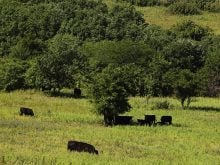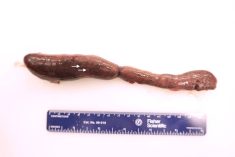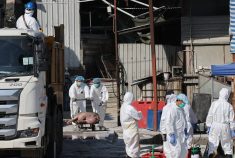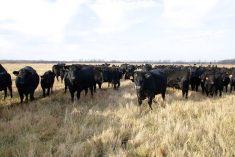I’ve written before in this column about the bat disease that has decimated North American populations. As a brief refresher, white nose syndrome is a disease caused by a fungal pathogen that was introduced into the state of New York in 2006.
The fungus causes a skin infection, making a characteristic white fuzz around the nose. Affected bats become dehydrated and emerge too early in spring, leading to their death due to exposure and lack of available food.
It spread across the continent at a rate of several hundred kilometres per year. It is now found in nine Canadian provinces and will likely spread to British Columbia and the north in the next few years. The disease has killed more than 90 per cent of the bats in affected populations, corresponding to millions of lost bats.
Read Also
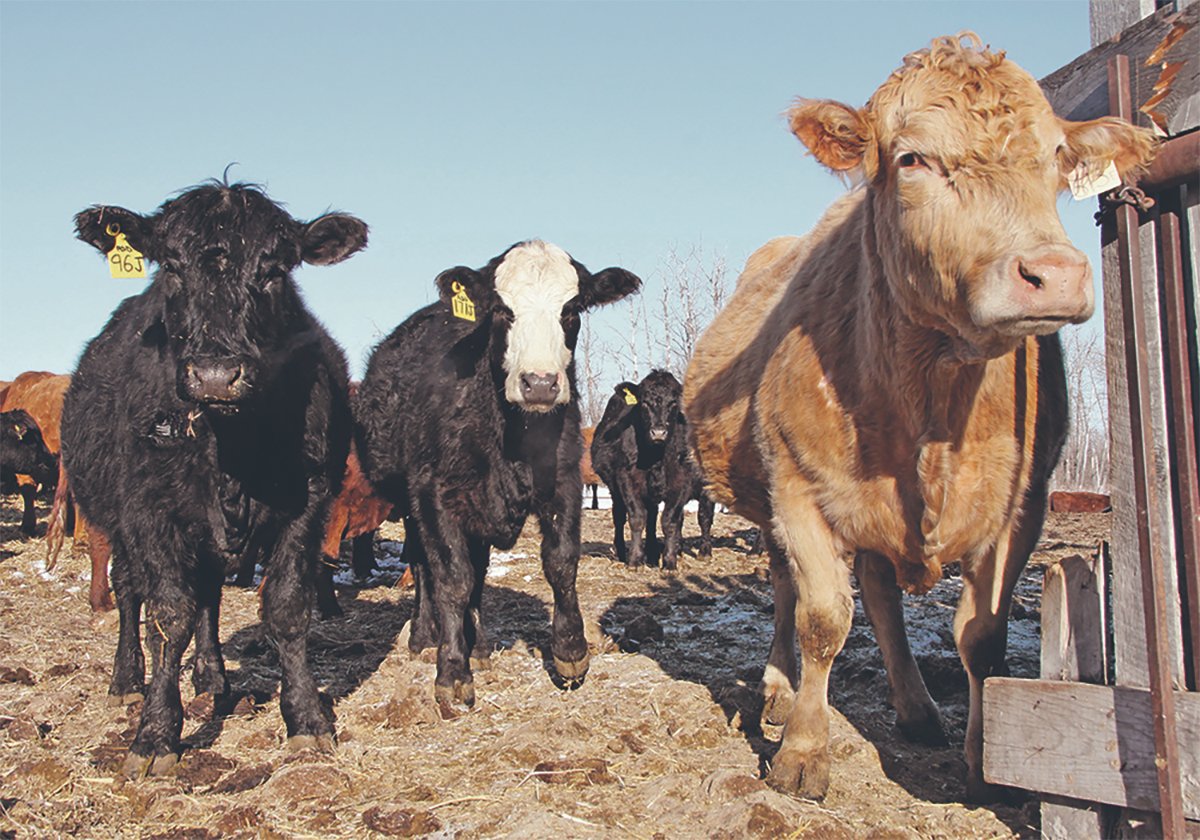
Livestock inspection costs increase in Saskatchewan
The Sept. 1 50-cent increase to livestock inspection fees may seem like another hit when everything is going up, but the chief executive officer of Livestock Services of Saskatchewan said producers should consider the value they receive in return.
Scientists have warned about severe and widespread ecological effects since early in the disease outbreak. Because it is so deadly, the disease caused the rapid and sudden loss of most insect-killing bats in affected areas.
With hardly any bats left, insect numbers, including agricultural pests, would go unchecked, they predicted.
Unfortunately for agriculture production, larval and crop insect pests were controlled by these same bats as a form of biological pest control. And indirectly, bats were thought to be critical for controlling the spread of fungal pathogens, which can hitch rides on insects and invade crops.
The increase in pests and pathogens would likely decrease crop production in affected areas. Because of these downstream effects, the loss of bats was anticipated to increase the amount of insecticides used by farmers in agricultural production.
A new study by Eyal Frank supports the hypothesis that white nose syndrome has increased insecticide use and negatively impacted human health. He used zoomed-in data that was specific to the county level.
Because the disease is relatively new, he used its spread as a form of a natural experiment. He compared data from counties before and after the introduction of white nose syndrome and the subsequent bat population crash. The substantial results were published in the prestigious journal Science.
The first main result was that farmers’ use of insecticides went from relatively stable before the disease hit, to increasing by nearly a third. At the same time, infant mortality increased by nearly eight per cent, excluding homicide and traumatic causes of death.
For each one percent increase in insecticide use, infant mortality rose by 0.25 per cent. This corresponds to more than 1,300 infant deaths during the study period between 2006-17.
These results are consistent with other studies that have linked various types of pollution, including insecticides, with infant death. It is unknown how the increased insecticide use impacted survival in young agricultural animals.
Frank estimates that between 2006-17, counties with the bat disease had a staggering US$26.8 billion in direct agricultural losses, lost revenue and expenditures on chemicals.
This study validates previous predictions that the loss of bats and their function in providing biological pest control would negatively impact agriculture.
It makes important use of a natural experiment to better understand biological phenomena. It is unethical and somewhat impossible to experimentally manipulate ecosystems at this large of a scale.
We couldn’t do an experiment at this scale to purposefully remove bats from specific counties and measure the results. But with the natural introduction of a disease, scientists can assess the impacts in a more definitive way compared to other methods.
Another example of natural phenomenon creating an experiment is the 1998 Quebec ice storms. Scientists have documented long-term impacts of the stressful disaster in children who were born immediately following the storm.
These natural disasters, while devastating, do provide a method for understanding complex questions that would be otherwise difficult to answer.
Ultimately, this new study supports the critical role of bats in North American ecosystems, providing hard data and dollar values to quantify their importance.
It is further evidence of the negative impact of this devastating bat disease, not only to bat populations, but to agriculture and human health.
Dr. Jamie Rothenburger, DVM, MVetSc,PhD, DACVP, is a veterinarian who practices pathology and is an assistant professor at the University of Calgary’s Faculty of Veterinary Medicine. X: @JRothenburger






